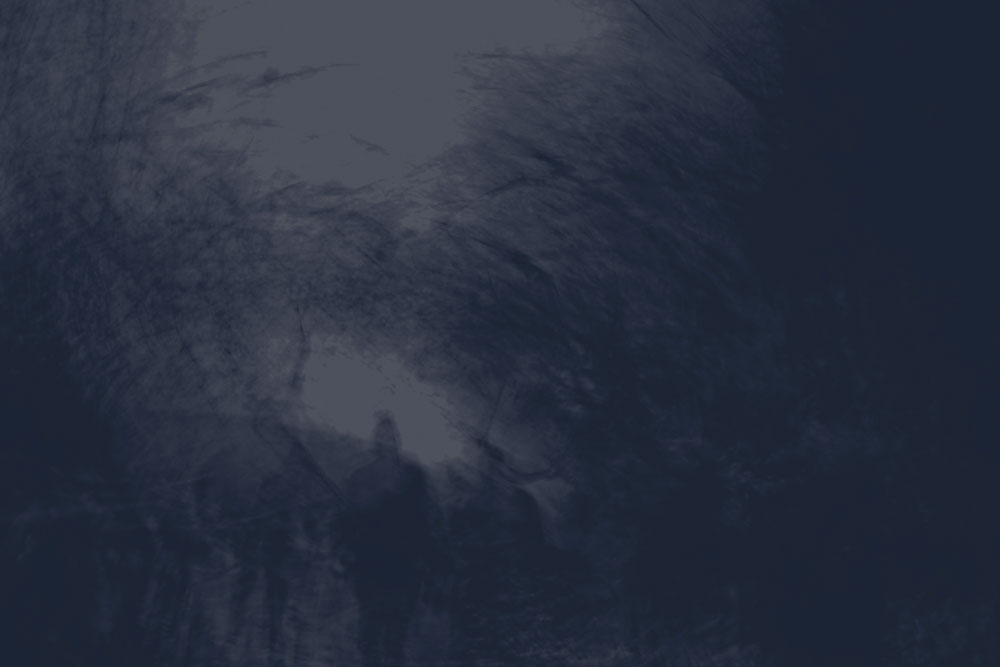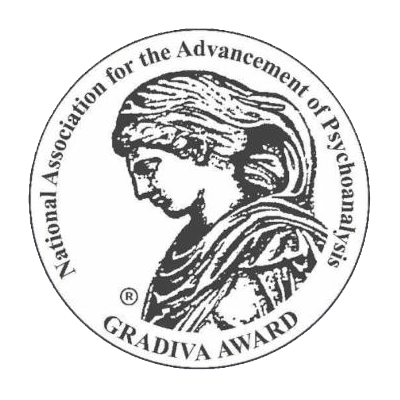
Midnight Mission
We’d have looked a motley crew, if it hadn’t been so dark. Five of us were on a midnight mission, a small band in dark clothing, struggling up a black hillside a few miles outside Rifle, Colorado. For every dusty yard gained, we slid back a step or two, trudging past broken boulders and scattered sagebrush in our climb up the mountain. No flashlights, since we were planning a criminal act. We tried to be quiet in case there was a guard. The nearest ranchers were in bed, miles away.
This was as close as I’d been to being a revolutionary. As a sophomore in college in 1969, I’d at times imagined being with a band of romantic radicals seeking to better the world, perhaps by robbing the rich and distributing to the poor what was left after cheese and cheap wine. I’d been steeping in philosophers and politics. I especially liked William James. I could understand such things as “sow an action, reap a habit, a character, a destiny.” I wanted character and destiny. I was vulnerable to the suggestion of a risky mission for the betterment of the world.
My companions were less romantic, if perhaps more dedicated. Chuck and Fred were my parents’ ages. They were plumbers who had tended our community’s pipes and cisterns for years. They were also Quakers and ex-cons. Each had done prison time as conscientious objectors during World War Two. After the war, they had moved their families onto subsistence farms in western Colorado, holding to their pacifist ideology by living on sub-taxable income to avoid contributing to the defense budget.
Now they planned to strike against the powers of state in a different way, and for a different reason: to keep western Colorado from being nuked.
Yes, nuked. The remote areas of Rulison and Rio Blanco had been selected for an experiment. Oil companies believed that natural gas could be profitably extracted from the vast reserves of oil-bearing shale lying under large tracts of the West. Under Operation Plowshare, sponsored by the federal government, they planned to explode nuclear bombs underground, releasing natural gas into the caverns created. This they planned to sell into the nation’s energy grid.
An oil-company-funded construction boom ensued. Worker housing projects popped up along the Colorado River near Grand Valley. Media carried a statewide public relations effort. Eventually four bombs detonated deep underground in two blasts, at Rulison and Rio Blanco. Each had several times the power of the Hiroshima bomb, and produced a “bump” felt many miles away, transmitted through the layers of shale and granite. These precipitated a blizzard of complaints and claims from people as distant as Denver, to the east, and Salt Lake City, to the west.
Back home, my mother made a complaint. She was sure the bumps had helped along the cracking walls of our old house. Along with most other people in the area, she wasn’t eager for more. An inspector showed up and dutifully took pictures.
By coincidence, an enterprising artist named Christo had also discovered the area. This was years before he became famous for, among other feats, wrapping the cliffs of Dover in plastic. He was drawn to the beauty of Rifle Gap as a stage for one of his dramatic constructions. Christo planned, for the sake of art, to drape a red curtain across the entire canyon, framing the mountain scenery. The curtain would hang from a heavy steel cable, anchored high up at both sides of the canyon. The locals were impressed, since the strange, temporary construction was going to cost a good part of the price of a school.
By the time of our mission, Christo’s inspiration and funding had produced a wrist-thick cable hanging a couple of hundred feet above and across the canyon floor, anchored with massive concrete bunkers at each end. The curtain wasn’t yet in place. Chuck and Fred, with the help of myself and two of their sons, were intent on hanging a huge sign on the cable, visible to visitors and media looking up from below
We fixed roller skates the width of Christo’s cable onto the underside of a long wooden beam, and made a sixteen-foot sign to unfurl from the beam. The roller skates were meant to roll out on the sagging cable and carry the unfurled sign to the middle of the arc, where it could be seen by anyone looking up at the project. We expected our message would be carried by all the TV stations and newspapers taking pictures of Christo’s curtain. In massive letters, our sign said: DON’T NUKE COLORADO!
Clambering upward with our burden by the light of the Colorado stars, we got to the concrete bunker that anchored the cable on the west side of the canyon. We positioned the wooden beam’s roller skates on the cable, unfurled the sign, crossed fingers, and let fly. The thing zoomed out along the cable with a metallic swish and disappeared into the dark.
Feeling triumphant, and satisfactorily revolutionary, we slid back down the mountain, jumped into Fred’s old pickup, and went home.
That night, the wind picked up. Winds channeled down the canyons of Colorado can be impressive. Boulder has clocked one-hundred-mile-per-hour gusts. Rifle Gap is no different.
When we returned to the scene of our crime the next day to survey our handiwork, there were construction crews and media standing around the project. Some were looking upward. Sure enough, our sign was there, proudly hanging from the cable for all to see, bringing our message to the relevant powers and the world at large. “DON’T NUKE COLORADO!” Success!
Except that it was blank. The wind, lashing down the canyon for several hours, had whipped every trace of paint off the plastic sheeting.
All that remained was the evidence of our good intentions. Chuck and Fred tried to explain to a few media people what the sign might have said without implicating themselves. It was a small satisfaction to hear, later, that Christo’s expensive curtain had also lasted only a few hours before ripping to shreds in the same wind. He still declared it a success.
Perhaps we were successful, too, in some small way. I’d read that William James, near the turn of the last century, worried that radio dramas might elicit feelings that couldn’t immediately be turned outward into actions, making people accustomed to an emotional stimulus without a resulting response in action. He felt that a population conditioned to passivity, to not acting on feelings—such as outrage over injustice, or sympathy for the vulnerable—would weaken democracy. We acted on our feelings.
Our midnight mission may not have had the dramatic effect we’d hoped, but at least we’d turned our convictions into action. Chuck and Fred wrote letters to the newspapers, held meetings, and spoke with church groups. There was public sympathy. And there were no more nuclear blasts in Colorado.
We told ourselves we’d beaten the bad guys, that people could triumph over corporations, and courage could triumph over money.
It was easy to ignore the fact that the gas obtained turned out to be radioactive.
- Robert Frey, MD, MPH, has been involved in international health for many years, including in India, Taiwan, Nicaragua, Cambodia, Sudan, and, most recently, in Haiti. He believes the interplay between the social-psychological and political dynamics of the country is an especially important study right now. He is a member of New Directions and plays keyboard and guitar in bluegrass groups.
-
Email: winderly@aol.com
ROOM is entirely dependent upon reader support. Please consider helping ROOM today with a tax-deductible donation. Any amount is deeply appreciated. |




